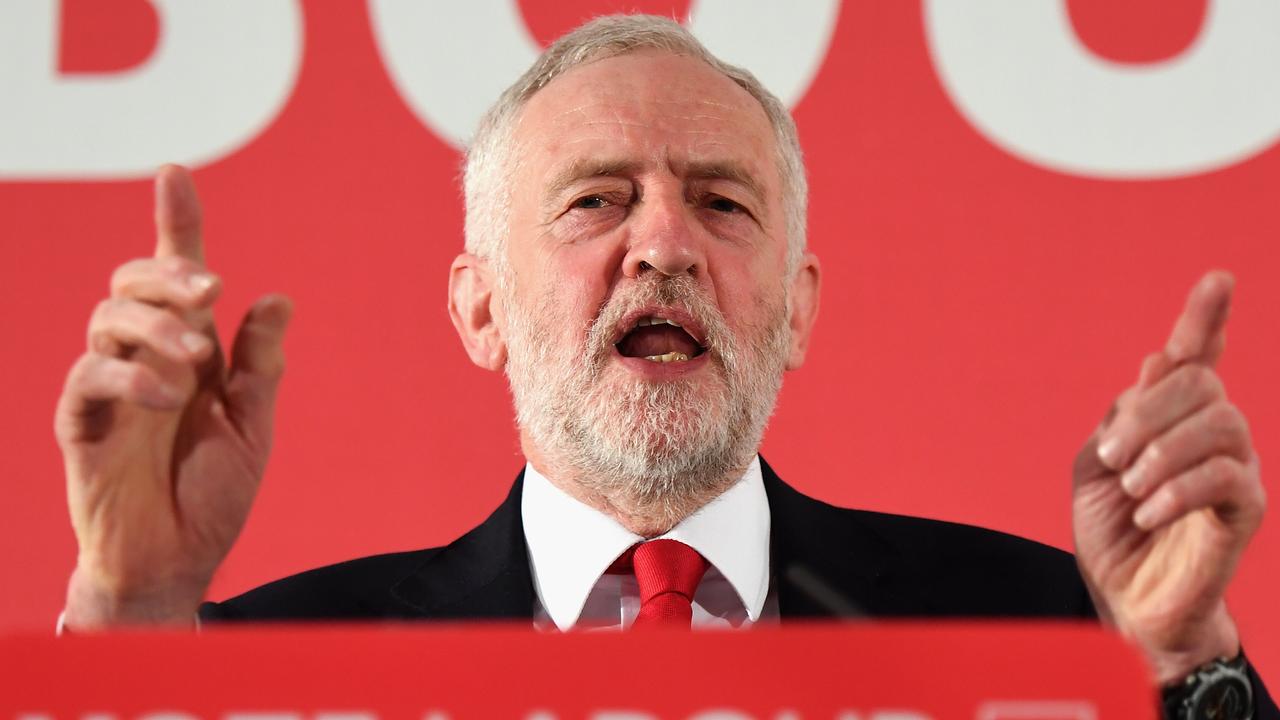UK Election 2017: what now for Brexit?
Today’s election result could potentially plunge British politics into turmoil and delay Brexit talks.

Prime Minister Theresa May’s Conservative Party looks set to fail to win a parliamentary majority in Britain’s election, potentially plunging domestic politics into turmoil and delaying Brexit talks.
The exit poll predicted the Conservatives would win 314 seats in the 650-seat parliament, short of the 326 needed to claim a majority. The opposition Labour Party were forecast to win 266 seats, with the Scottish National Party on 34 and the Liberal Democrats on 14.
Here are details on what she would need to win and what would happen if she failed to get a majority.
• UK election 2017: Live coverage
WHO GETS POWER?
For the election to produce a majority government, the biggest party theoretically must win at least 326 seats of the 650 United Kingdom constituencies. In practice, the threshold for a majority is around 323, because the Irish nationalist Sinn Fein party takes up no seats that it wins in Northern Ireland.
Failure to win an outright Conservative majority would leave May and Labour leader Jeremy Corbyn scrambling to find partners to support a new government. As incumbent, May has the right to make the first attempt to form a coalition, though her tough stance on Brexit is likely to make finding a suitable partner difficult.
Until a new government is formed, May and her team of ministers remain in charge and retain their full legal powers to act on behalf of the country, although by convention they would be expected to avoid taking major decisions.
MINORITY CONSERVATIVE GOVERNMENT
May could attempt to lead a government without commanding a majority, relying on her opponents for support in parliament on an issue-by-issue basis. This will test the cross-party support for her pre-election pledges.
While her hard line Brexit strategy is opposed by all other major parties, Britain has already started the clock ticking on leaving the bloc by triggering a two-year negotiation period with Brussels. It is unlikely she would agree to stopping the Brexit divorce.
Nevertheless, May’s plans still rely heavily on being able to pass legislation through parliament.
2010 REDUX: CONSERVATIVE-LED COALITION
The Conservatives formed a coalition in 2010 with the centrist, pro-EU Liberal Democrats as junior partner. They governed together until 2015. The two parties are unlikely to be reunited in coalition without major compromises on the central principle of their election manifestos: Brexit. The Conservatives are committed to a complete break with the EU regardless of whether a satisfactory exit deal can be reached. By contrast, the Liberal Democrats have promised voters a second referendum on whether to accept a deal with Brussels.
The Conservatives’ other coalition options are limited. They can traditionally rely on the support of Northern Ireland’s Democratic Unionist Party, who in 2015 won eight seats and are forecast to win the same number again. The Scottish National Party (SNP), which won 56 seats at the last election, are at ideological loggerheads with the Conservatives over Brexit.
L ABOUR-LED COALITION
A hung parliament could play in Labour’s favour even if it won less seats than the Conservatives because it is politically closer to smaller rivals on several issues.
Jeremy Corbyn is committed to heeding the results of Britain’s EU membership referendum a year ago in which 52 per cent voted Leave against 48 per cent in favour of Remain.
But Labour has fought to water down May’s Brexit strategy which could make it easier to reach a compromise with either the Liberal Democrats, which has ruled out any coalition, or the pro-European SNP, which says it wants to stop another Conservative government.
Reuters



To join the conversation, please log in. Don't have an account? Register
Join the conversation, you are commenting as Logout